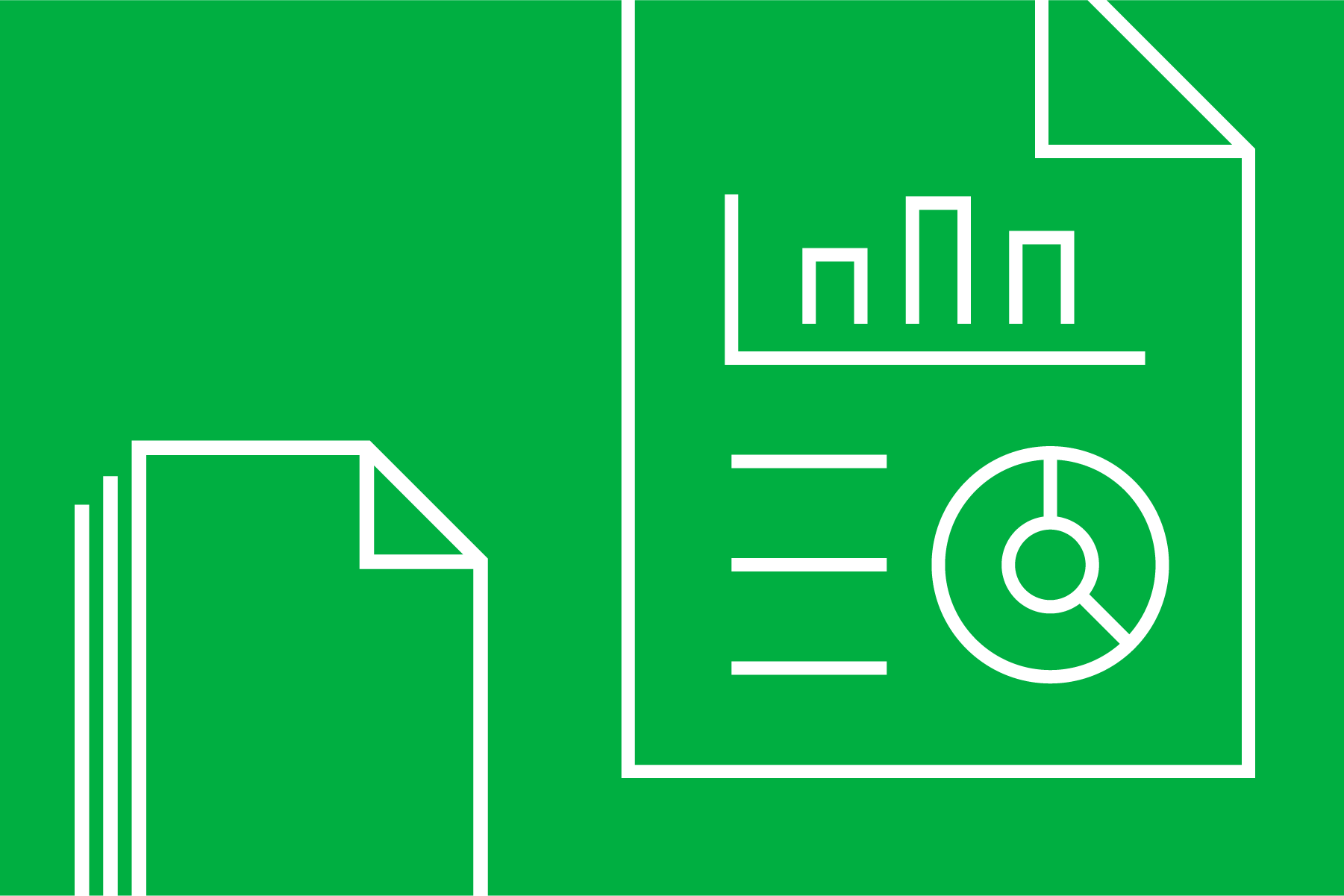What Is Payment for Order Flow?
A closer look at how brokerages use this practice and why it’s controversial.

There’s no such thing as a free lunch.
You’ve likely heard this adage about how you can’t get something for nothing. Yet, some “free” things really do feel free.
Ever signed up for a “free” trial? Many require your credit card information and will automatically enroll you if you don’t cancel. (A few years ago, I took a free trial of Audible. Months later, I realized I’d been paying for the service without listening to a single audiobook.)
A similar, but much more discrete, practice of using “free” to hide costs is zero-commission trading. Many brokerages, or companies that place investment trades on behalf of investors, once charged commissions, which were small fees incurred for every trade placed.
In recent years, commissions have become less popular. Some brokerages, like Robinhood HOOD, outright eliminated them, coining the phrase zero-commission trading. However, in place of commission-based revenue, many firms turned to what’s called “payment for order flow.”
What is payment for order flow, and how can it cost investors if they’re no longer paying commissions?
Who’s Paying for What Orders?
To understand payment for order flow, it helps to outline how trades are placed.
Let’s say you want to buy 10 shares of a stock. You then go to your brokerage (for example, TDAmeritrade or E*TRADE) to place your trade.
Your brokerage then takes this “order” and sends it to a high-frequency trader or market maker (like Citadel Securities). The market maker fulfills your order by looking for someone trading those same 10 shares of stock.
Market makers pay brokerages to place these orders. They then look for the best execution of your trade. This can involve looking for the best price on your trade or filling your trade quickly.
The Bid-Ask Spread Dilemma
Executing a trade is easier said than done. Say you’re looking to buy the 10 shares of stock at $10 per share. That’s known as the bid price, or what you’re willing to pay for the stock. The market maker must then look for someone selling 10 shares of stock at that price.
This requires the market maker to do some digging. It looks for an appropriate ask price, or what sellers would be willing to sell. Generally, the ask price is slightly higher than the bid price, which is known as the spread.
For example, you may bid $10 a share for 10 shares of stock, but the market maker found a seller asking for $11 per share. That’s a $1 per share difference, or spread, totaling $10 for all 10 shares.
What happens with the $10 difference? You, the investor, shell out the $10. Market makers may pocket $8 of them but return the remaining $2 to you. However, this practice is controversial for a few reasons.
Why the Controversy?
Critics of this financial practice say it hurts investors. For one, they say, it creates a conflict of interest between brokerages and market makers.
Because market makers pay for brokerage’s orders, a brokerage could hold onto orders and wait for the highest offer from a market maker. This means investor trades wouldn’t get fulfilled as fast--and every second counts in a fast-moving market.
Second, there’s vagueness around market makers’ requirement to get the “best execution” of the trade. If best execution means fulfilling the trade as fast as possible, an investor may not always get a good price. And if the market maker waits too long looking for a good price, the trade isn’t processed quickly.
Some also say payment for order flow is more complicated than commissions, which can lead people to think that the market is rigged against them.
Supporters of payment for order flow suggest the practice helps investors. It has largely eliminated commissions, so investors don’t have to pay $5 dollars per trade. And for investors not trading often, it helps them save on costs.
Backers also say bid-ask spreads have narrowed significantly in the past few years. Using the hypothetical example, the spread might be closer to $0.02 (a bid price of $10.49 and ask price of $10.51) rather than $1. Narrower spreads mean less revenue from payment for order flow.
The Future of Payment for Order Flow
While no regulation currently exists for payment for order flow, it’s on the mind of Securities and Exchange Commission Chair Gary Gensler.
“Our markets have moved to zero commission, but it doesn’t mean it’s free,” Gensler later told CNBC. “There’s still payment underneath these applications.”
The author or authors do not own shares in any securities mentioned in this article. Find out about Morningstar’s editorial policies.

/s3.amazonaws.com/arc-authors/morningstar/8b2c64db-28cb-4cb4-8b53-a0d4bc03a925.jpg)
/cloudfront-us-east-1.images.arcpublishing.com/morningstar/IFAOVZCBUJCJHLXW37DPSNOCHM.png)
/cloudfront-us-east-1.images.arcpublishing.com/morningstar/JNGGL2QVKFA43PRVR44O6RYGEM.png)
/cloudfront-us-east-1.images.arcpublishing.com/morningstar/GQNJPRNPINBIJGIQBSKECS3VNQ.jpg)
:quality(80)/s3.amazonaws.com/arc-authors/morningstar/8b2c64db-28cb-4cb4-8b53-a0d4bc03a925.jpg)